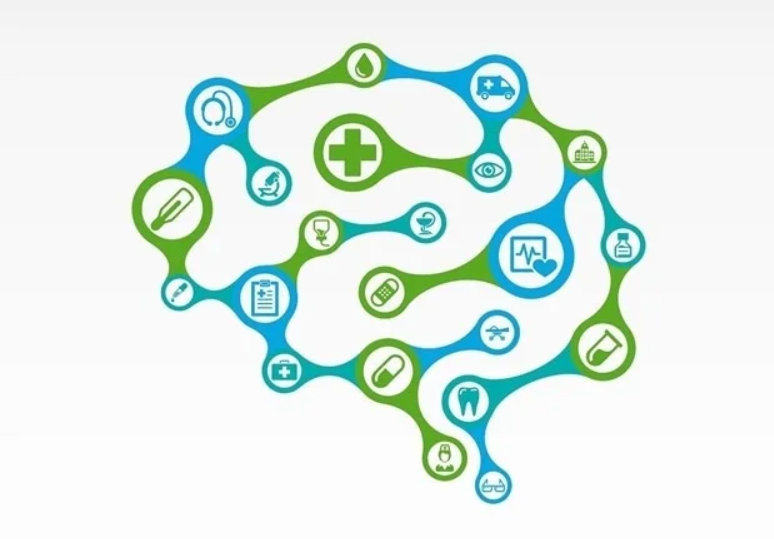
A new index is proposed to study gender and adolescent mental health 2023
Sanjh
- 0
Half of mental illnesses begin before 14. Seventy percent emerge before 18. Mental health, age, socioeconomic position, and gender are increasingly studied. How do teenagers see gender and mental health? How does gender affect mental health treatment?
Most research have used binary sex labeling to study mental health and gender, which is inadequate. A recent research in European Child & Adolescent Psychiatry examines these linkages and offers an index to use in the future that takes a more comprehensive perspective of mental health and gender.
Xavier Cela Bertran, a PhD from Universitat Rovira i Virgili (URV) and former UOC Faculty of Psychology and Education Sciences lecturer, led the study.
As part of URV’s doctoral program in Anthropology and Communication, ángel Martínez-Hernáez, professor in the Department of Anthropology, Philosophy, and Social Work, and Asun Pié Balaguer, professor and researcher in the CareNet group of the Faculty of Psychology and Education Sciences at UOC, supervised his doctoral thesis.

Gender and mental health
The Barcelona Public Health Agency (ASPB) publishes Risk Factors in Secondary School Students (FRESC) every four years. The ASPB surveys over 4,000 13–19-year-olds on everything from drug usage to diet. Like previous research, it conceptualizes gender as a binary question: boy or female.The study found that age and socioeconomic position negatively affect young women’s self-perceived health and psychological discomfort.
Gender affects mental illness expression and help-seeking. “Adolescent girls are more likely to have emotional issues, even though they’re more prosocial,” said Pié. “By contrast, adolescents identifying as boys are more likely to suffer from behavioral issues, symptoms associated with attention deficit, and problems with their parents.”
Pié suggests two causes for socialized women’s worse mental health or increased mental suffering. First, a sexist and patriarchal society where gender inequality and male aggression against women affect mental health. Second, girls’ ability to exhibit sensitivity and affection is considerably more developed than in men’s socialization.
A tool to examine gender and mental health.
The study’s first goal was to prove a gender-mental health link. The other goal was to create a gender adherence index that starts from a non-binary view of mental health and gender and examines what it means to be a man, a woman, and mentally well. Cela remarked, “We wanted scientific tools to capture a non-binary reality.”
A multivariate investigation of gender-related behaviors, social habits, and beliefs yields the Gender Adherence Index (GAI). “This index is used to analyze the relationships between adolescents’ mental health, behavioral patterns, and gender socialization, regardless of their sex determination or, where appropriate, providing an accompanying explanation to this binary label,” Pié said.
Gender, as a social phenomenon, affects teenage mental suffering. Gender affects both formal and informal help-seeking and problem-solving. Thus, the Gender Adherence Index adds explanatory value to data to improve preventive and care.
In this initial study, the researchers concede that the GAI contributes significantly but has a minor effect. Since the FRESC report survey was not designed for this, statistics are few. To strengthen interpretive power and construct Gender Adherence Index questions, a more extensive and in-depth research of factors and their relationships is needed.
“We intend to build an effective instrument for a more in-depth examination of gender and mental health in future FRESC or other studies. Cela stated that this technique should be integrated into broader public health research that swiftly handle gender with a binary question.

